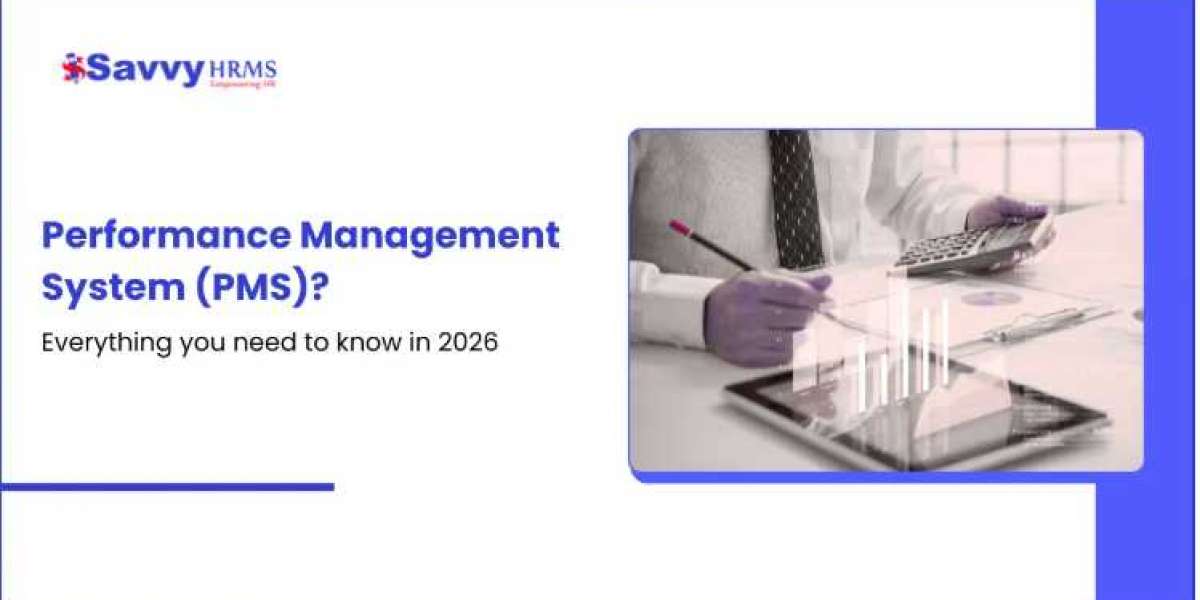In the professional world, the term PIP often generates anxiety among employees. However, it is important to understand that a PIP is not necessarily a sign of failure. In fact, when implemented correctly, it is a constructive tool designed to help employees improve and succeed.
The PIP full form is Performance Improvement Plan. This guide explores everything you need to know about PIPs, including why they are used, what they include, how they are implemented, and how both managers and employees can make the most of them. This approach aligns closely with the structured HR practices promoted by Savvy HRMS, which emphasizes transparency, accountability, and employee growth.
What Is the PIP Full Form?
PIP stands for Performance Improvement Plan.
A PIP is a formal process initiated by an organization to help employees improve their performance. It is a structured plan that identifies areas of concern, sets measurable objectives, and provides the necessary resources and guidance for improvement. A PIP is not meant to punish but to guide, support, and develop employees so they can meet performance expectations.
Many employees mistakenly view PIPs as disciplinary tools, but when implemented correctly, a PIP can actually be one of the most effective strategies to boost performance, engagement, and overall workplace productivity.
Why Organizations Use a Performance Improvement Plan
Organizations implement PIPs for multiple reasons:
Consistent Underperformance
Employees whose work consistently falls below expectations are prime candidates for a PIP.Behavioral or Conduct Issues
PIPs are not limited to technical performance. Issues such as poor communication, lack of teamwork, or repeated tardiness may also necessitate a PIP.High Potential with Low Output
Sometimes, employees have the skills but are not fully utilizing them. A PIP helps channel their potential effectively.Clarifying Expectations
A PIP communicates clear and measurable expectations, ensuring employees understand what success looks like.
By approaching a PIP as a tool for growth, rather than punishment, organizations foster a culture of learning and development.
Key Components of an Effective PIP
A well-designed PIP includes several essential components that make it actionable and fair:
Problem Statement
Clearly articulate the areas where performance is below expectations. Avoid vague language and focus on measurable aspects.Specific Objectives
Objectives should be concrete and measurable. For example, “Increase customer response rate to within 24 hours” or “Reduce coding errors to under 5%.”Timeline
PIPs usually range from 30 to 90 days, depending on the complexity of the performance issues and organizational policies.Support and Resources
The plan should outline the training, tools, mentorship, or coaching available to the employee.Regular Review and Feedback
Regular meetings and progress reviews help track improvements, provide guidance, and ensure accountability.Documentation
Every action, feedback session, and milestone should be documented. This protects both the employee and the organization and provides a clear record of progress.
Steps to Implement a Performance Improvement Plan
Implementing a PIP requires careful planning and a structured approach. Here are the key steps:
Identify the Performance Gap
Collect data from past performance reviews, project results, and feedback to identify where the employee is falling short.Draft the PIP
Include a clear problem statement, measurable objectives, available resources, a timeline, and review checkpoints.Communicate Clearly
Meet with the employee to discuss the PIP in detail. Ensure they understand the expectations, the timeline, and the support available.Provide Support and Guidance
Offer the necessary training, mentoring, and tools. Check in frequently to provide guidance and encouragement.Monitor Progress
Conduct regular reviews, document progress, and address challenges promptly.Evaluate Outcomes
At the end of the PIP, evaluate whether objectives were met. Based on results, decide whether to extend, adjust, or conclude the plan.
Tips for Employees on a PIP
Being placed on a PIP can be stressful, but employees can take proactive steps to navigate it successfully:
Stay Positive
View the PIP as an opportunity to grow rather than a punishment.Understand Objectives
Ask questions to clarify what is expected and how success will be measured.Use Available Resources
Take advantage of training, mentorship, and tools offered by the organization.Track Your Progress
Maintain a log of your accomplishments, feedback, and improvements to demonstrate progress.Seek Feedback Regularly
Request frequent check-ins rather than waiting until the final evaluation.Communicate Openly
If you encounter obstacles, discuss them promptly with your manager. Transparency can lead to solutions and adjustments.
Common Mistakes Employers Make with PIPs
Even well-intentioned PIPs can fail if they are poorly executed. Common mistakes include:
Vague or Unrealistic Goals
Goals must be specific, measurable, and achievable to be effective.Lack of Support
Employees cannot improve without the proper training, mentoring, and resources.Surprise Implementation
A PIP should follow constructive feedback, not appear as an unexpected punishment.Infrequent Reviews
Waiting until the end of the PIP period to provide feedback reduces the chance of success.Using PIPs Solely as a Termination Tool
The primary purpose of a PIP should be improvement, not immediate dismissal.
Real-Life Example of a PIP
Consider an employee in a customer support role whose average response time is 48 hours, whereas the expected standard is 24 hours.
A PIP in this scenario might include:
Problem Statement: Response time is exceeding the expected 24-hour standard.
Objective: Respond to all customer queries within 24 hours consistently for the next 60 days.
Support: Access to workflow automation tools and time management training.
Review: Weekly check-ins with the manager to discuss progress.
After 60 days, if the employee meets the objective, the PIP concludes successfully. If not, adjustments or further action may be required.
Benefits of a Well-Executed PIP
When implemented correctly, a PIP can offer multiple benefits:
Employee Development
Employees gain clarity on expectations and resources to improve.Increased Accountability
Structured feedback and documentation enhance responsibility.Improved Performance
Focused objectives and support lead to measurable improvement.Stronger Organizational Culture
Transparent and fair PIPs reinforce a culture of growth and development.
Why Savvy HRMS Recommends Structured PIPs
Savvy HRMS emphasizes that PIPs should be seen as developmental tools rather than punitive measures. By standardizing PIP processes, providing clear objectives, and offering ongoing support, organizations can help employees succeed while maintaining fairness and accountability. Integrating PIP workflows into HR practices ensures proper documentation, consistent tracking, and positive outcomes for both employees and the organization.
Conclusion
The PIP full form is Performance Improvement Plan, a structured approach designed to help employees improve performance, meet organizational expectations, and achieve career growth. Implemented thoughtfully, a PIP can transform performance challenges into meaningful opportunities for improvement.
By adopting the structured and supportive approach championed by Savvy HRMS, organizations can ensure that PIPs serve their intended purpose: fostering growth, enhancing accountability, and contributing to a positive and productive workplace culture. A well-managed PIP benefits both employees and employers, creating a clear path to success.












